Moscato and Chardonnay are popular wine varietals that can be found in wine cellars and dinner tables around the world. Each possesses unique flavors, textures, and pairings that delight oenophiles and casual wine drinkers alike. As two distinctive wines with their own characteristics, the choice between Moscato and Chardonnay can come down to personal taste and preferences, making it important to explore the differences between these two popular varietals.
Moscato, a sweet Italian wine, is made from the Muscat grape and offers fruity and floral flavors that are often enjoyed as a dessert wine or a refreshing sip in warmer weather. On the other hand, Chardonnay is a versatile dry wine originating from Burgundy, France, with a range of flavors that heavily depend on the production process and region it is produced in. Both wines have a history and tradition that spans different regions, with each finding a place in various culinary pairings and occasions.
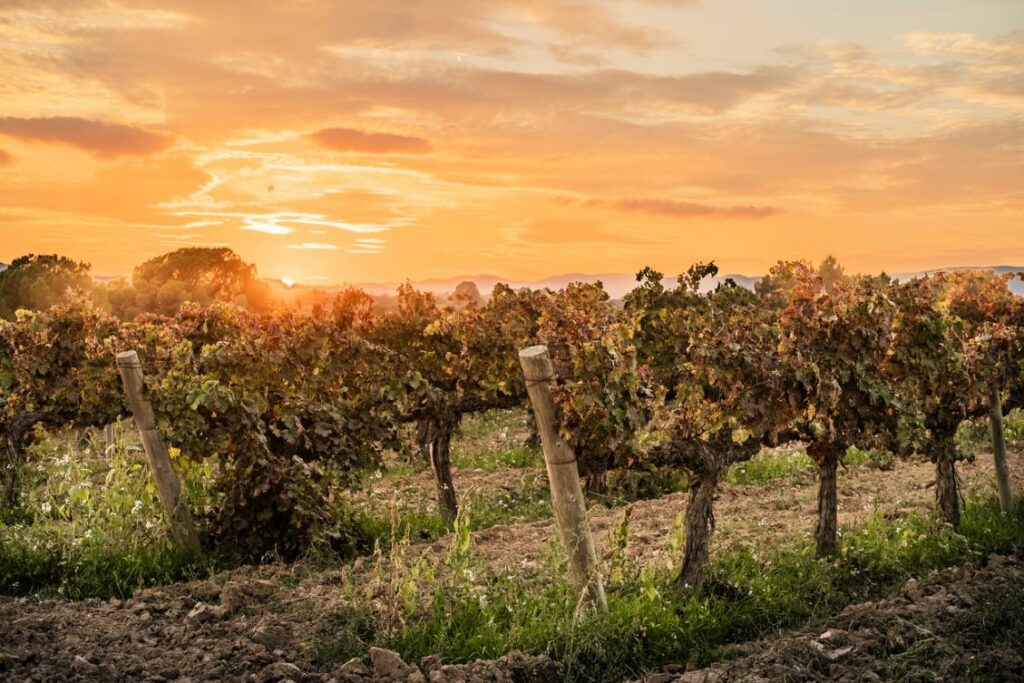
As a wine enthusiast or a curious beginner, delving into the world of Moscato and Chardonnay will allow you to unravel the unique qualities each wine brings to the table. Understanding the origins, taste profiles, and ideal pairings for each varietal can enhance your overall wine experience and inform your choice when selecting the perfect bottle for your next gathering or quiet evening at home.
Key Takeaways
- Moscato and Chardonnay are distinct wine varieties, each with unique flavor profiles and pairings.
- Origins and production regions play a significant role in the taste and qualities of Moscato and Chardonnay.
- Proper serving, storage, and choosing the right wine for your palate enhances the overall wine experience.
Understanding Moscato
Moscato is a popular sweet white wine made from the Moscato grape, also known as the Muscat Blanc grape. The wine is known for its fruity and aromatic profile, featuring aromas of peach, apricot, and honeysuckle. Moscato grapes thrive in a variety of climates, contributing to the diverse range of flavors found in the wine.

As a sweet wine, Moscato often showcases tropical fruits like pineapple and mango, as well as notes of citrus. It’s not uncommon to find hints of orange blossom or even jasmine in the bouquet. The sweetness of Moscato varies depending on the winemaking process and the region where the grapes are grown. However, it is generally considered a dessert wine, perfect for sipping after a meal or enjoying with fruity or chocolatey desserts.
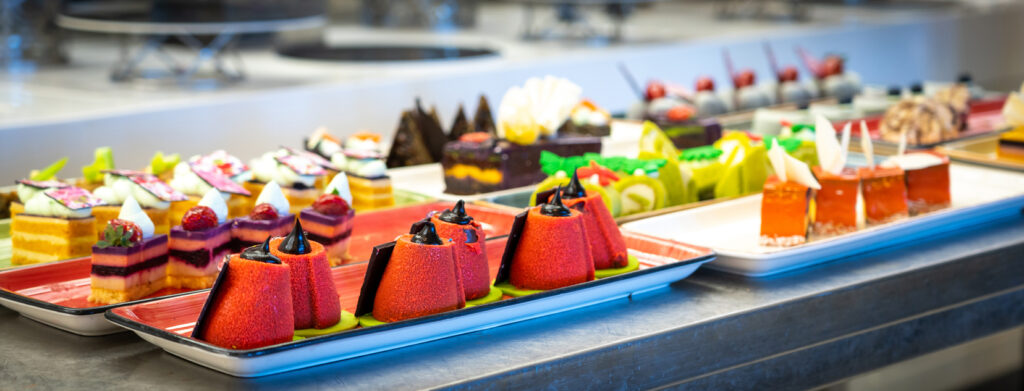
Moscato can be found in different styles, including still and sparkling varieties. Sparkling Moscato, or Moscato d’Asti, is a popular choice for those who prefer a fizzy sip with their dessert. The wine’s effervescence enhances the fruit flavors and balances the sweetness, making it a delightful option for celebrations and casual gatherings alike.

In summary, Moscato is a delightful sweet white wine with a fruity, aromatic profile featuring notes of peach, apricot, honeysuckle, and tropical fruits. It can be enjoyed as a dessert wine, either in still or sparkling varieties, and pairs wonderfully with fruity and chocolatey desserts. With its diverse range of flavors and styles, Moscato offers something for everyone and is the perfect addition to any wine collection.
Unraveling Chardonnay
Chardonnay is a popular dry white wine that originates from the Chardonnay grape. This grape variety is widely grown and known for creating wines with high alcohol content, often ranging between 13 and 15% ABV. The flavors and aromas of Chardonnay can vary depending on the climate, soil, and winemaking techniques used.
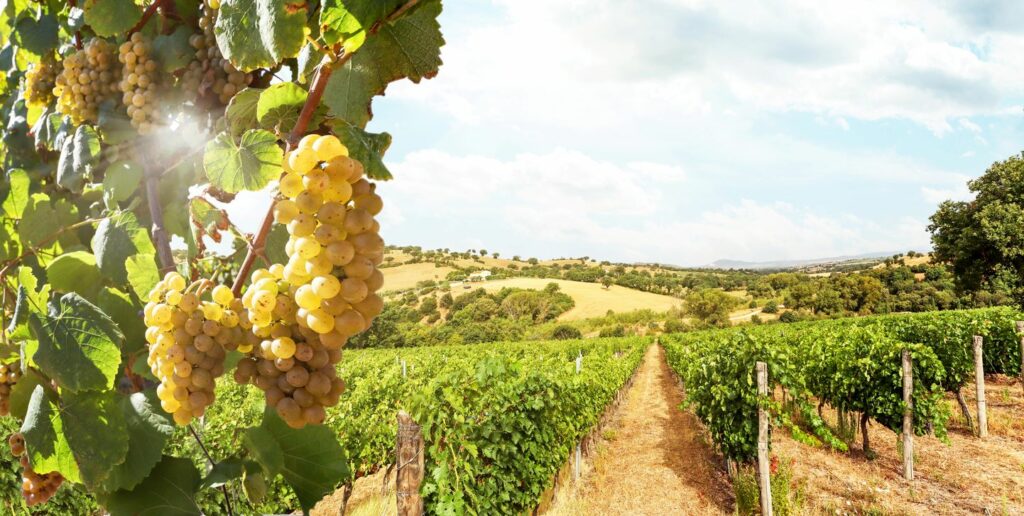
Climate
In cooler climates, Chardonnay grapes develop crisp acidity and display flavors of green apple, pear, and citrus fruits. These wines are often described as having a clean, bright finish. In contrast, warmer climates give way to riper Chardonnay grapes, which can produce wines with flavors of tropical fruits, such as pineapple and mango. These Chardonnays may have a rounder, creamier mouthfeel.
Oaked or unoaked?
The use of oak barrels in the winemaking process can significantly impact the flavors and characteristics of Chardonnay. Oak-aged Chardonnay tends to have richer, toastier flavors, like vanilla and butter, and often has a more golden color. The oak barrels can also contribute to the wine’s body, making it a full-bodied wine. On the other hand, unoaked Chardonnay is typically lighter and exhibits more fruit and mineral notes, with less apparent oak or buttery flavors.
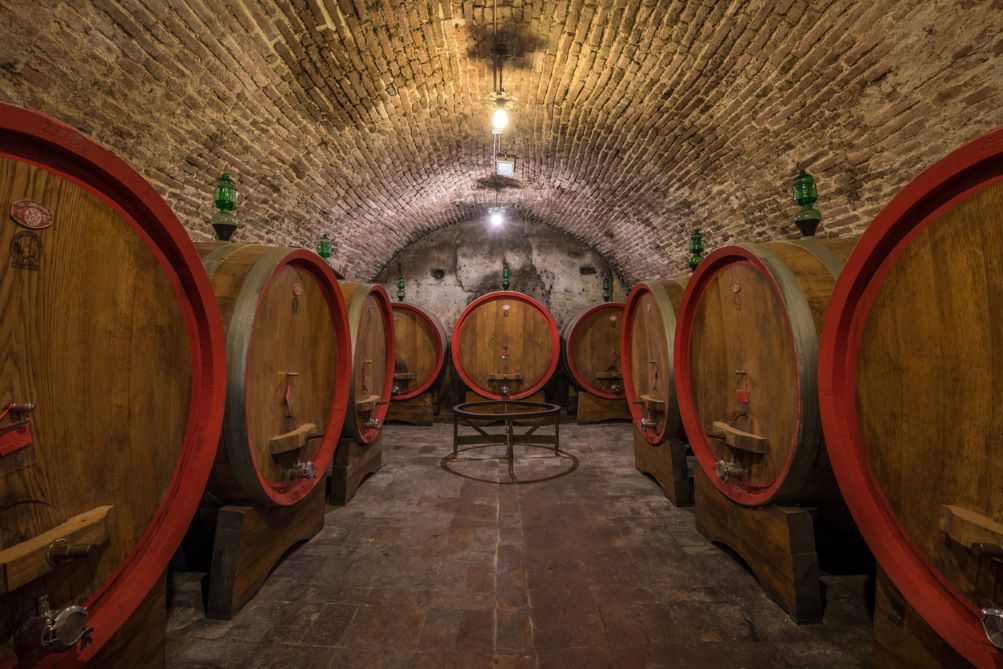
Chardonnay in Burgundy
The Burgundy region in France is known for producing some of the world’s finest Chardonnay wines. These wines are characterized by their complex and delicate flavors, ranging from ripe fruit to floral and mineral notes. While Chardonnay is a versatile grape variety that can adapt to various terroirs and winemaking styles, Burgundy Chardonnays are often highly regarded for their quality and ability to age gracefully.

In summary, Chardonnay is a diverse white wine with a wide range of flavors and characteristics. While the grape variety itself is responsible for many of the wine’s base attributes, factors like climate, winemaking techniques, and oak barrel usage can significantly impact the final product. This makes Chardonnay a favorite among many wine enthusiasts, as its versatility allows it to suit a variety of preferences and pair well with a wide array of dishes.
Origins and Regions
Moscato and Chardonnay are two popular grape varieties used to produce distinct white wines. Both have their roots in different regions and have spread globally due to their popularity among wine connoisseurs.
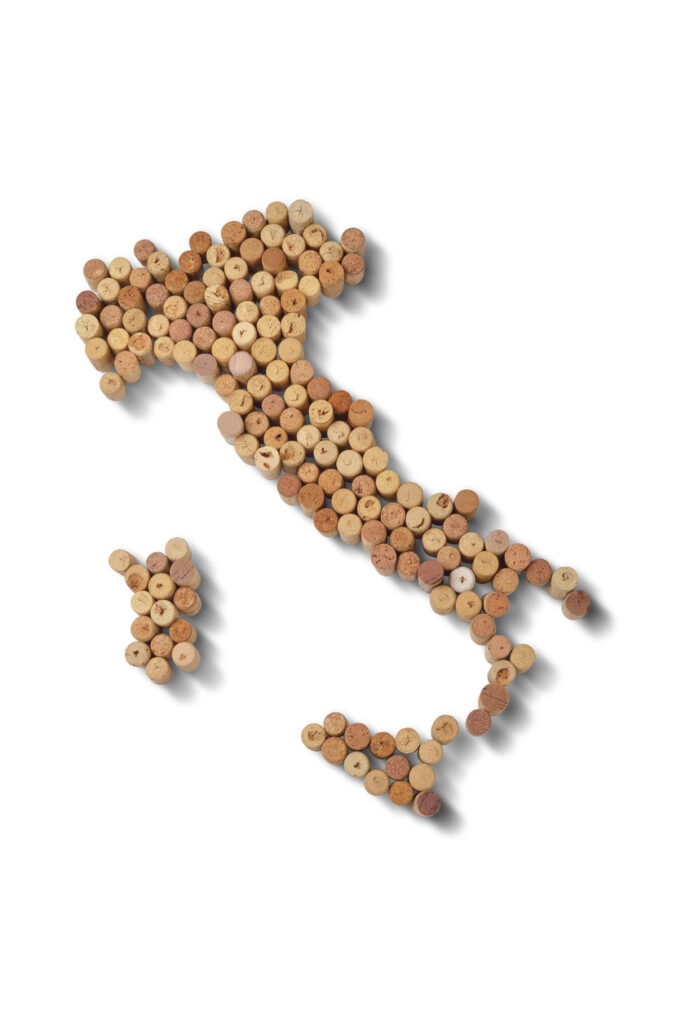
Moscato
This grape originates from Italy, specifically the Piedmont region. This aromatic grape variety is grown in several parts of Italy, but it is most notably associated with the production of Asti wines and Moscato d’Asti. These wines are known for their sweet, fruity flavors, and low alcohol content. Italian Moscato has influenced the production of similar wines in other regions, including:
- California: Californian Moscato wine is labeled as “Muscat” and features a sweet, fruity profile. It is a popular choice for dessert wines and sparkling wines such as Moscato Spumante.
- Australia: Australian Moscato wine also follows the Italian tradition, often presenting as light-bodied and slightly sweet with fruity flavors.

Chardonnay
This white wine varietal has its origins in the Burgundy region of France. This versatile grape variety is used to produce a wide range of white wines, from crisp and acidic styles to rich and buttery ones. Chardonnay is now grown and produced in numerous wine regions around the world. Some notable examples include:
- France: Apart from its birthplace in Burgundy, Chardonnay is also grown in Champagne, where it comprises one of the three main grape varieties used to produce the famous sparkling wine.
- California: Chardonnay has thrived in California’s diverse climate, particularly in regions like Napa Valley and Sonoma. These Californian Chardonnays often exhibit ripe fruit flavors, ample oak influence, and a full-bodied profile.
- Australia: Chardonnay is a leading grape variety in Australian winemaking, found in regions such as Margaret River, Yarra Valley, and Hunter Valley. Australian Chardonnay can range from lean and acidic to rounded and oaky styles.
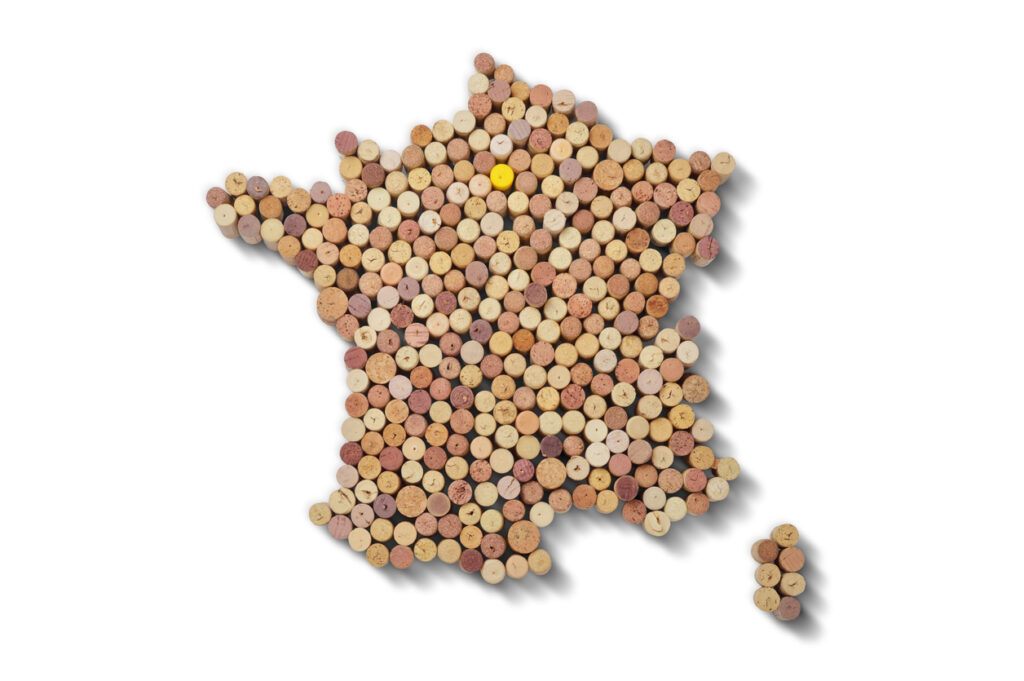
In summary, Moscato and Chardonnay have distinct origins and demonstrate unique characteristics influenced by their growing regions. Italy, France, California, and Australia have all played significant roles in the global recognition of these two grape varieties and their respective wines.
Comparing Moscato and Chardonnay
Moscato and Chardonnay are two popular types of white wine that showcase different characteristics. In this section, we will explore their differences in terms of sweetness, flavor profiles, and more.

Moscato is a sweet and aromatic wine, often enjoyed as a dessert wine or paired with spicy foods. The sweetness of Moscato is due to the Muscat grape, which also imparts flavors of orange blossom, peach, and pear. Moscato wines might contain a subtle fizziness or sparkling character, further enhancing their appeal to wine enthusiasts.
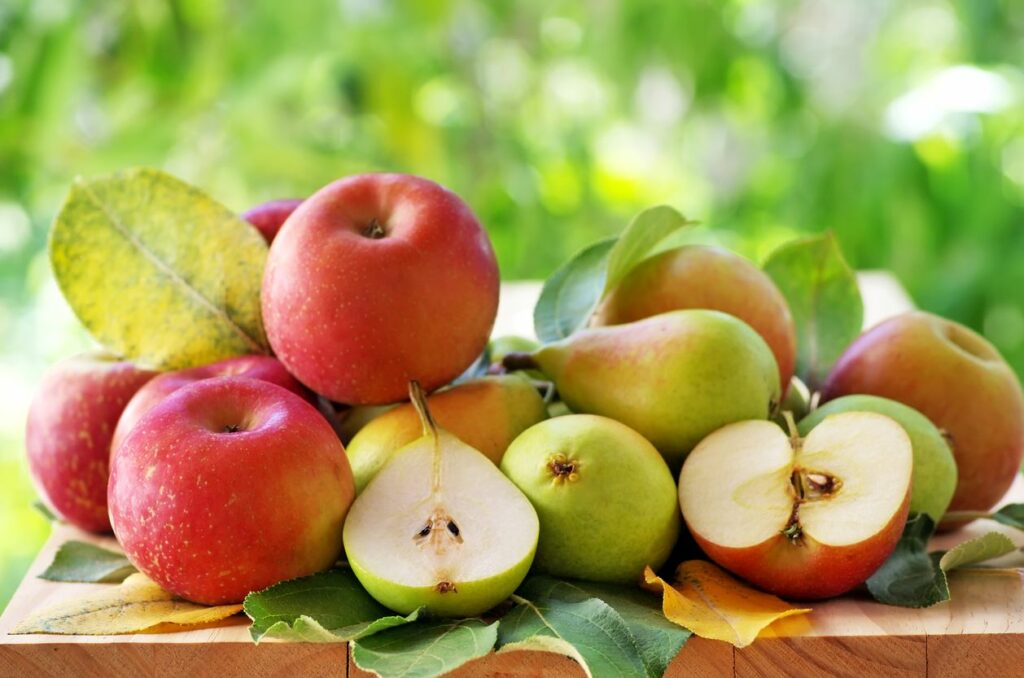
Chardonnay, on the other hand, is a more versatile wine that encompasses a range of flavors and sweetness levels. At its core, Chardonnay presents a fruity and acidic profile, with flavors of apple, lemon, and pineapple. When aged in oak, Chardonnay can develop more complex flavors such as vanilla, butter, and toast. The sweetness level varies, resulting in dry to off-dry Chardonnay wines.

When comparing Moscato and Chardonnay, their key differences lie not only in sweetness levels, but also in their application and flavors. Moscato is the sweeter and more floral option, perfect for dessert or somewhat spicy food pairings. Chardonnay, being more versatile in its sweetness and taste, can be paired with a larger variety of dishes, making it a staple in wine lists for various cuisines.

In conclusion, Moscato and Chardonnay offer distinct taste experiences, each with unique characteristics. Depending on the occasion, the desired sweetness level, and the type of food to be served, either wine can be an excellent choice for those looking to enjoy a glass of white wine.
Wine Pairings
When it comes to food pairings, both Moscato and Chardonnay offer different experiences for the palate. Understanding the unique characteristics of each wine will help in selecting the perfect dish to complement the flavors and enhance the dining experience.

Moscato, a sweet and fruity wine, works exceptionally well with spicy dishes and desserts. The sweetness of Moscato balances out the heat in spicy dishes like Thai or Indian cuisine. It also pairs beautifully with fruity desserts like peach cobbler or strawberry shortcake, as the delicate fruit flavors in the wine elevate the taste of the dessert.
Food pairings for Moscato:
- Spicy dishes (e.g., Thai or Indian cuisine)
- Fruity desserts (e.g., peach cobbler, strawberry shortcake)
On the other hand, Chardonnay, a versatile and full-bodied wine, showcases a range of flavors. Unoaked Chardonnays are crisp and light, while oaked Chardonnays are richer and creamier in taste. Regardless of the style, Chardonnay pairs well with seafood, poultry, and creamy pasta dishes. The wine’s acidity and structure complement the flavors and textures of these dishes, making for an enjoyable dining experience.
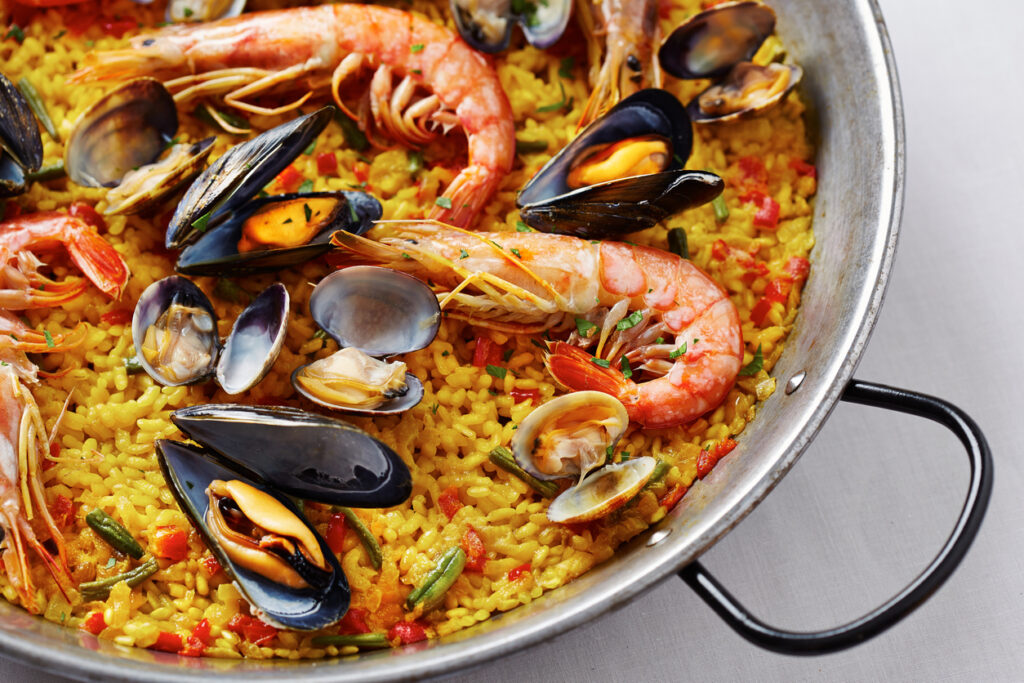
Food pairings for Chardonnay:
- Seafood (e.g., shrimp scampi, grilled fish)
- Poultry (e.g., roast chicken, turkey)
- Creamy pasta (e.g., fettuccine alfredo, carbonara)
Both Moscato and Chardonnay have their distinct characteristics, making them suitable for different types of food pairings. Selecting the appropriate wine for a dish will accentuate the flavors of the meal, leaving one with a memorable dining experience.
Serving and Storage
When it comes to serving and storage, both Moscato and Chardonnay wines have their unique requirements. To fully appreciate their distinct flavors and aromas, it is essential to serve and store them correctly.

How to serve Moscato vs Chardonnay
Moscato is best served chilled at a temperature range of 45-50°F (7-10°C). This sweet, fruity wine is perfect for warm, sunny days and is often enjoyed as an aperitif or dessert wine. On the other hand, Chardonnay, a more complex and full-bodied wine, should be served slightly warmer, at a temperature of 50-55°F (10-13°C). This allows the nuanced flavors and aromas to be better appreciated.
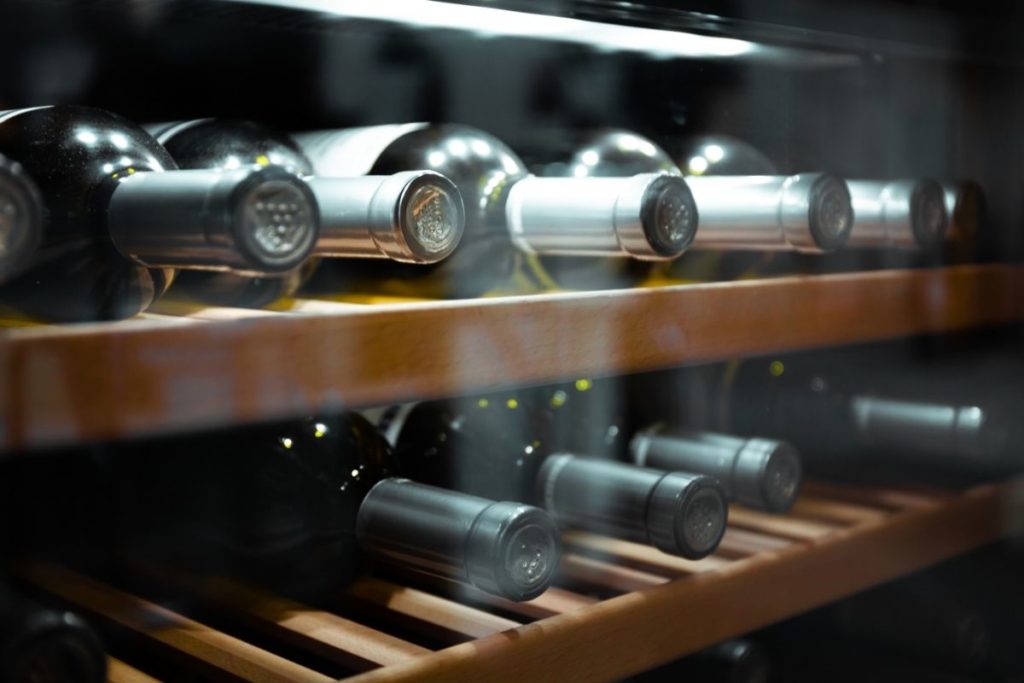
To achieve the ideal serving temperature, Moscato and Chardonnay should be placed in the refrigerator for 2-3 hours before serving. If a wine is too chilled, allow it to sit at room temperature for about 15-20 minutes before serving.
How to store Moscato vs Chardonnay
Both Moscato and Chardonnay wines should be stored in a cool, dark place with consistent temperatures, ideally between 50-57°F (10-14°C). Consistency in temperature is essential to avoid damaging the wine. Wines should be stored on their sides, ensuring the cork stays moist, which helps maintain an airtight seal and prevents oxidation.

It is crucial to avoid exposing wines to heat, light, and vibrations as these factors can harm their quality. Wines placed in racks or cellars are ideal as they allow for appropriate air circulation. Moscato, being a lighter and more delicate wine, should typically be consumed within one to two years of bottling, while Chardonnay can be aged for several years, depending on the specific wine and its structure.
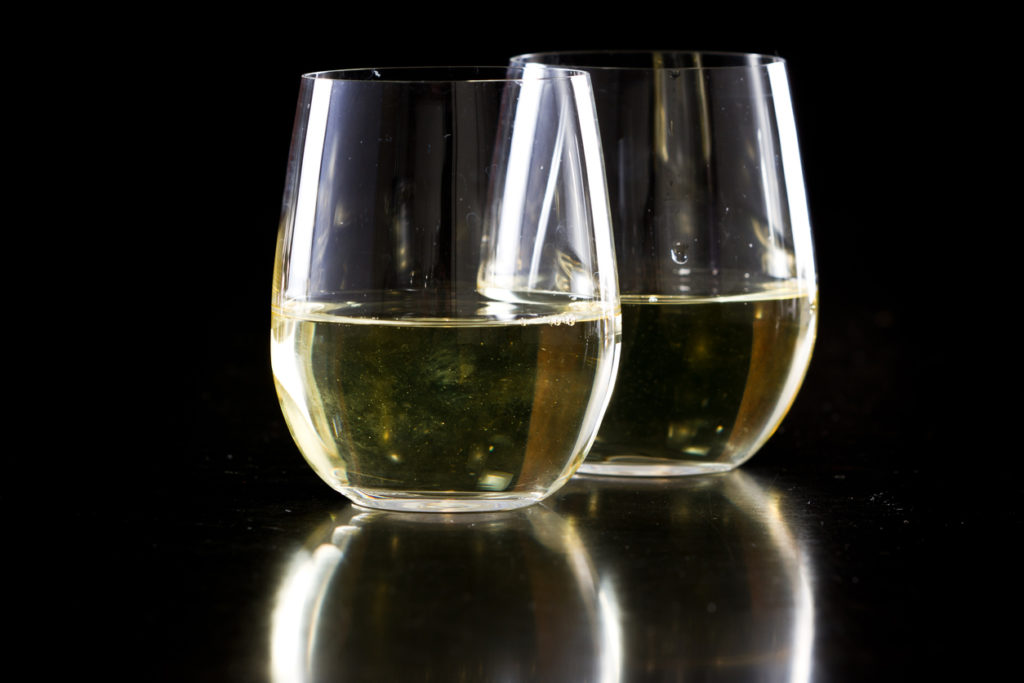
In summary, to truly enjoy the unique characteristics of Moscato and Chardonnay wines, it is important to serve them at their respective ideal temperatures and store them in optimal conditions to ensure their quality and longevity.
Choosing Wines
When it comes to selecting a wine, there are a variety of factors to consider, such as price, taste, and occasion. Two popular white wine options are Moscato and Chardonnay, each with their distinct characteristics.
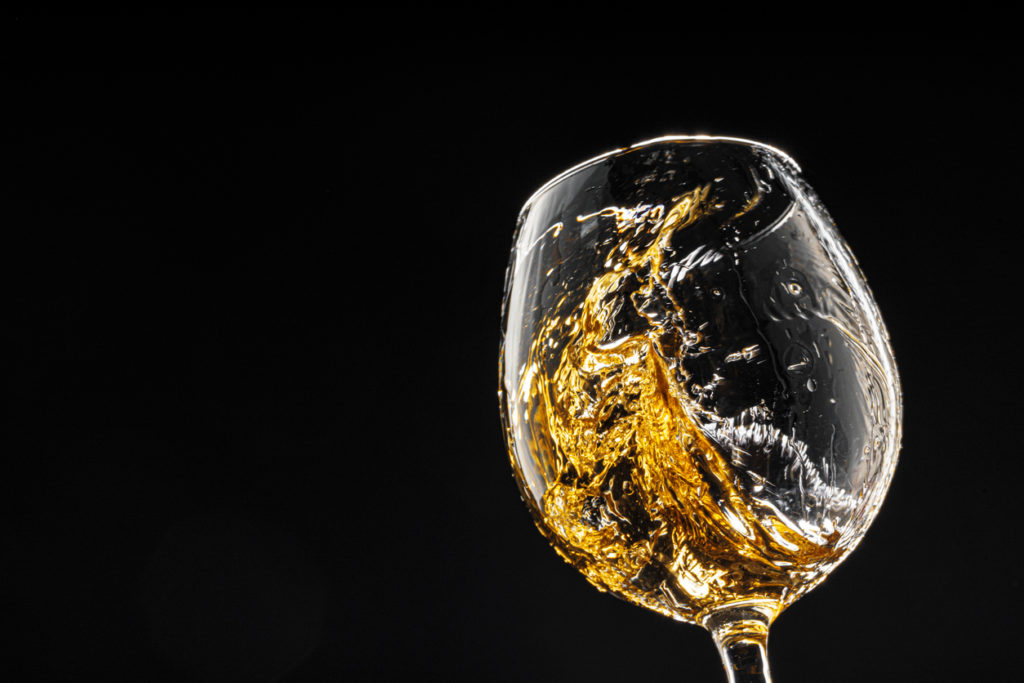
Moscato
Moscato is typically a sweet, light-bodied wine with flavors of green apple, orange blossom, and grapefruit. It is an excellent choice for a hot summer day, as it provides a refreshing and delicious zing. Chardonnay, on the other hand, is usually a more full-bodied wine with diverse flavor profiles, ranging from oaky and buttery to crisp and fruity.
Alternatives to Moscato
For wine enthusiasts looking to try other white varietals, Riesling, Pinot Grigio, Viognier, and Chenin Blanc are all notable options. Riesling is known for its fruity and aromatic qualities, with notes of citrus and stone fruit. Pinot Grigio tends to be a drier, light-bodied wine with flavors of green apple, citrus, and floral hints. Viognier offers a bold, aromatic character with notes of peach, apricot, and honeysuckle. Lastly, Chenin Blanc is a versatile grape variety, giving rise to wines that can be either dry or sweet with apple, quince, and honey flavors.
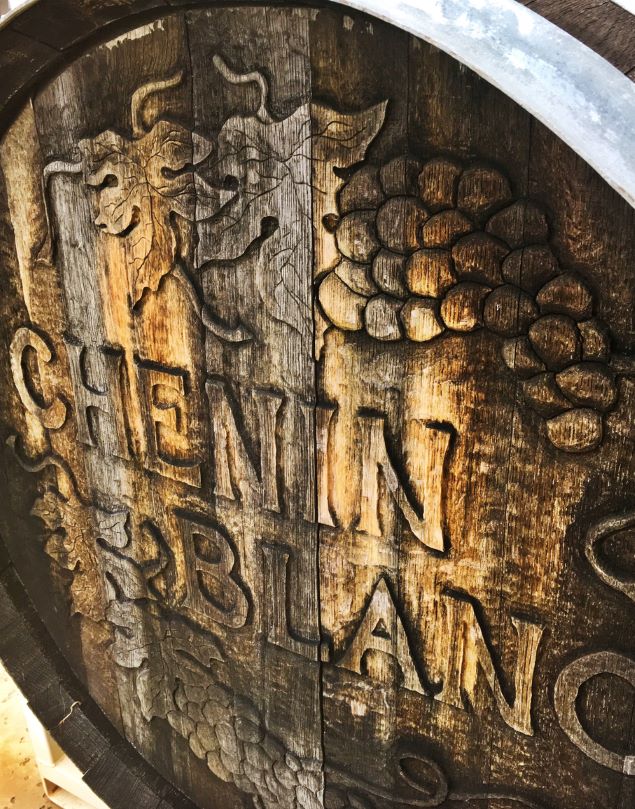
Cost
Price is another significant factor to take into consideration when choosing wine. Moscato and Chardonnay can both be found at various price points, with some delicious options available for budget-conscious consumers. Riesling, Pinot Grigio, Viognier, and Chenin Blanc also offer a range of prices, allowing wine enthusiasts to explore different options based on their budget.
Sparkling Wine
Those looking for something a bit different might consider fortified wines like port or champagne. Port is a sweet red wine, made by fortifying it with distilled grape spirits, resulting in a rich flavor profile, often accompanied by notes of spice, red fruits, and chocolate. Champagne is the quintessential sparkling wine, boasting a refined and elegant taste that is perfect for celebrating special occasions.

Conclusion
In conclusion, whether one prefers Moscato or Chardonnay, or even explores other varietals like Riesling and Pinot Grigio, the world of wine offers a diverse range of flavors, aromas, and price points to suit every palate.

